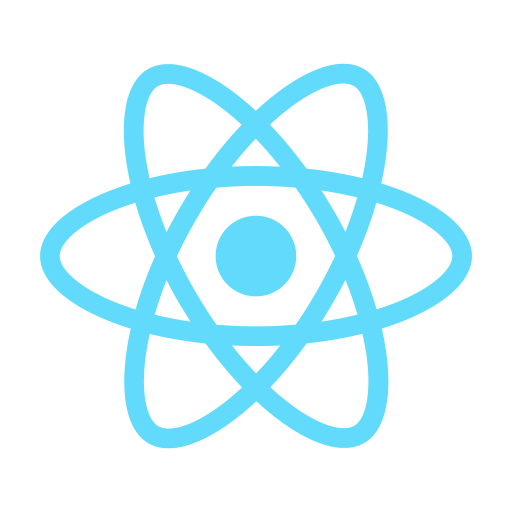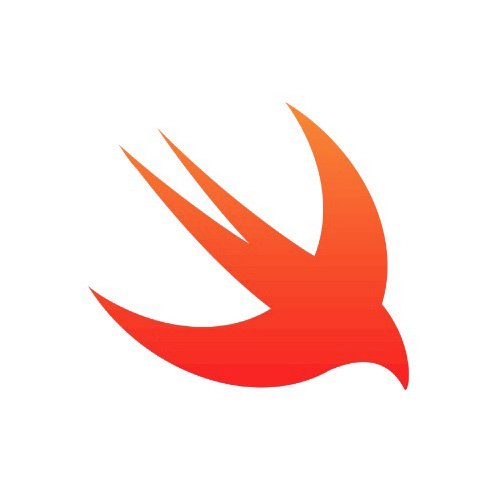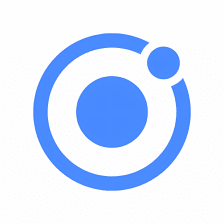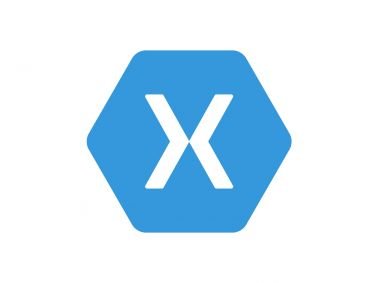APP DEVELOPMENT
Top 6 Frameworks for Mobile App Development in 2023
- By Admin
INTRODUCTION
The landscape of mobile app development has reached a new high, as businesses increasingly embrace digital transformation, and mobile devices assert themselves as powerful tools. Numerous frameworks have emerged, simplifying the creation of high-quality, user-friendly mobile applications with remarkable efficiency.
Exploring the market reveals a range of mobile app development frameworks, offering insights to developers seeking the most fitting solution. This blog explores a diverse range of frameworks, from the cross-platform prowess of React Native to the visually captivating attributes of Flutter, and the native capabilities harnessed by Xamarin.
React Native
React native is developed by the social media giant Facebook, this is an open-source platform that can be easily accessible. It is one of the most famous mobile app development frameworks, it gained attention due to its cross-functional support, interactive interface, and feature-rich libraries.
One of the key features of react native is its ability to render components using the native APIs, this would ensure a seamless user experience on both iOS and Android platforms. It also bags a proud and huge community that provides regular updates and a solid ecosystem of plugins and libraries.
Why choose React Native?
- Native development: Developers use one programming language to develop applications for both iOS and Android, thus reducing the development time.
- Native-Like Performance: Rendering components with native APIs ensures a smooth, responsive user experience.
- JavaScript and React Familiarity: Since the programming language is very similar to javascript and React, developers who have knowledge on the same can easily adapt and develop code in react native.
- Fast Development with Hot Reload: The hot-reload feature accelerates development by enabling instant changes without rebuilding the entire application.

Flutter
Hailing from the tech giant Google, Flutter has emerged as a transformative force in mobile app development. As an open-source framework, Flutter allows the creation of natively compiled applications from a singular codebase. Its distinctive widget-based architecture empowers developers to craft visually striking and consistent UIs across platforms. Noteworthy is Flutter’s unparalleled performance, compiling native ARM code, ensuring fluid animations and a high-performance user experience. Backed by Google, Flutter garners popularity for its community support, frequent updates, and robust standing in the development realm.
Why choose Flutter?
- Single Codebase for Multi-Platform: Code once, and deploy on iOS, Android, web, and desktop.
- Expressive UI with Widgets: A widget-based architecture promotes visually stunning and consistent user interfaces.
- High Performance with Compiled Code: Native ARM code compilation ensures optimal performance and smooth animations.
- Backed by Google and Active Community: Community support and frequent updates contribute to a collaborative environment for innovation.

Android Studio
In the realm of Integrated Development Environments (IDEs) designated for the crafting of Android applications, it was all started by Google as Android Studio. This robust IDE not only garners the official Google IDE status but also supports numerous programming languages, the likes of Java, Kotlin, and C++. This expansive language equips developers with a comprehensive toolset. On top of this, the Visual Layout Editor unfolds as an exciting feature, presenting a visually beautiful application interface. Augmented by a Gradle-centric build system, Android Studio guarantees the realization of streamlined and optimized builds.
Why choose Android Studio?
- Official IDE for Android Development
- Diversity in Language Support: Adaptability in programming languages aligns with the proficiency of developers and the diversity of projects.
- Code Editor and Debugging Instruments: Advanced functionalities amplify productivity, ensuring a seamless and error-immune developmental trajectory.
Visual Layout Editor for UI Artistry: Simplifying the design of user interfaces through a visual manifestation thus boosting the design phase.
Swift
Swift by Apple emerges as a Powerful and efficient programming language, it’s the industry’s best framework in the domain of iOS and macOS application development. Swift was unveiled in 2014, and Swift’s contemporary syntax, swiftness, and safety attributes have rapidly garnered attention. Engineered for expressiveness and conciseness, Swift facilitates the generation of clean and maintainable code. The emphasis on type safety and optional serves as a wall against common programming errors, contributing to the building of a resilient and secure codebase. With its open-source constitution, Swift nurtures a collaborative community, sculpting the trajectory of the language’s evolution and fostering an extensive ecosystem.
Why choose Swift?
- Modern and Decipherable Syntax: Simplicity begets clean, concise, and efficient code.
- Primacy of Safety with Type Inference: Robust type inference and the incorporation of optional diminish the likelihood of errors, fortifying code resilience.
- Elevated Performance: Tailored for speed, offering fluid and responsive user interactions.
- Smooth Integration within Apple Ecosystem: Inherent support for Apple’s frameworks, APIs, and tools.

Ionic
Ionic an attractive open source frame-wor,stands as a familiar term for effective cross-platform mobile application development. Harnessing web technologies such as HTML, CSS, and JavaScript, Ionic empowers the creation of sturdy and interactive applications spanning both iOS and Android platforms. Its best feature lies in simplicity and adaptability, providing developers with an extensive repository of pre-constructed UI components and a responsive grid system for uniform designs across various devices.
Why choose Ionic?
- Cross-Platform interoperability:Executing flawlessly on both iOS and Android devices through a solitary codebase.
- Web Technologies Stack: Streamlining development for web developers, furnishing a familiar process.
- Abundant Library of Pre-Fabricated UI Components: A plethora of components facilitating visually captivating and uniform designs.
- Angular Integration for methodical development:Harmonius Integration With Angular structure,potent tooling,andHeightened developer efficiency


Xamarain
Xamarin, now under the ownership of Microsoft, positions itself as a stalwart cross-platform framework, ideally suited for navigating the intricacies of both iOS and Android platforms. Empowering developers to construct applications with a native resemblance using a singular C# codebase, Xamarin seamlessly integrates with the .NET ecosystem, unlocking access to an array of libraries and tools. The strategy of a shared codebase expedites development, ensuring uniformity and cost-effectiveness.
Why choose Xamarin?
- Singular Codebase, Native Ambiance: A C# codebase gives applications a native-like feel for both iOS and Android, curbing redundancy.
- Access to Native APIs: Direct entry to platform-specific APIs ensures the seamless utilization of native functionalities.
- Xamarin.Forms for Code Sharing: Code-sharing with adaptive user interfaces simplifies the development of UI components.
Conclusion
The mobile app development framework has been developed a lot and has become feature-rich over the last decade. Native app development frameworks are on the rise for their flexibility in developing apps for both iOS and Android platforms. The developers have a lot of frameworks to choose from based on their comfort and project requirements.
We at Coderz, help our clients by developing a robust, intuitive, and seamless mobile application. We choose the right framework by keeping in mind the project requirements, timeline, budget, developer’s input, and other factors. Every framework has its unique features and capabilities, we ensure to discuss all these with the client and choose the right framework that best fits the company’s requirements and ideologies.

